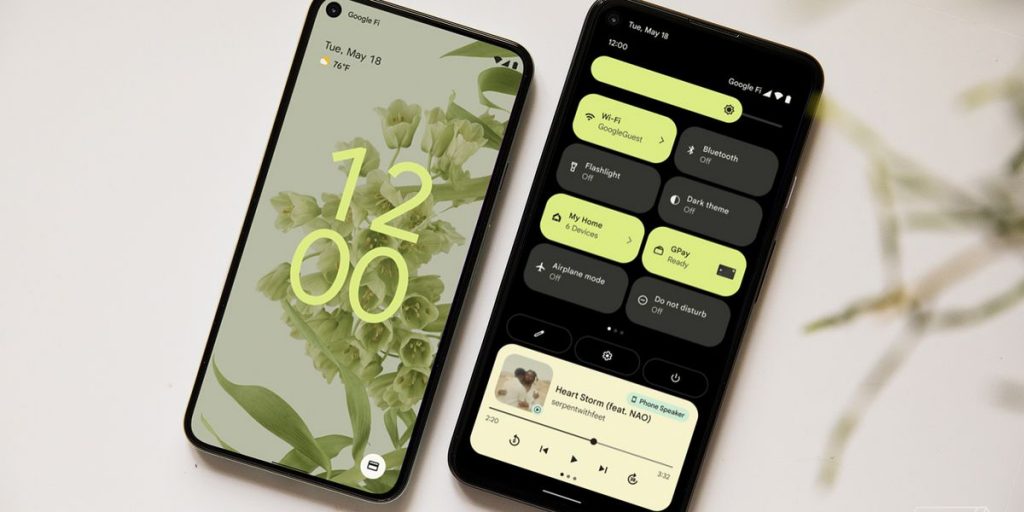This is one of the most popular root applications available and I’m going to show you how to install Xposed Framework on the OnePlus 3 and OnePlus 3T.
Xposed Framework really has changed the way a lot of people use customize and modify their smartphones and tablets. Instead of having to install a custom ROM to use one (or a number of) specific feature they want, they can stay on stock Android and install Xposed Modules for the special features they want.
For example, if you wanted a way to double tap the status bar to sleep, but didn’t want to install a custom ROM for this feature, then you can simply enable this feature via an Xposed Module.
There are a lot of different Xposed Modules that do a ton of different things. I suggest browsing through and searching the Xposed Framework repository if you’re curious about the types of Xposed Modules you can use. I will say that not every Xposed Module gets updated for every single version of Android and that is something you should look out for. Sometimes the descriptions will explain what version of Android it’s for, but sometimes it won’t.
So I recommend that you create a Nandroid backup of the OnePlus 3 before you download, install and activate an Xposed Module. This way, if something goes wrong and you send your OnePlus 3 into a bootloop, or the Xposed Module causes some type of a bug, then you’ll be able to quickly and easily boot the OnePlus 3 into Recovery Mode and restore from your new backup. I can be a hassle if you’re just looking to try some new modules out, but it’s better to do this then lose time from having to do a factory reset, or restoring from an older backup.
Requirements
Firstly, you will need to have the bootloader of the OnePlus 3 unlocked. This is required because you’ll need to install TWRP on the OnePlus 3 so that we can install the Xposed Framework. You also need to root the OnePlus 3 because Xposed Framework requires root access in order to inject the Xposed Modules into the core Android OS. And as always, I recommend that you create a Nandroid backup before you even start to install Xposed so you can easily restore in case something goes wrong.
Note – Until Xposed Framework is ported to Nougat, this method will not work. Only do this if you’re running Android 6.0 Marshmallow or below.
OnePlus 3 Install Xposed Framework
- Download the Xposed Framework APK for the OnePlus 3
- Download the 64-bit Installer for the OnePlus 3
- Download the 64-bit Uninstaller for the OnePlus 3
- Copy/Move These 3 Files to the OnePlus 3
- Download and Install a File Explorer From the Play Store (I recommend Solid Explorer, but any of them are fine)
- Launch the Settings Application
- Tap on the ‘Security & Fingerprint’ Option
- Tap on the ‘Unknown Sources’ Toggle
- And Tap on the ‘OK’ Button to Confirm
- Then Boot the OnePlus 3 into Recovery Mode
- Tap the ‘Install’ Button
- Browse to and Tap on the 64-bit Installer You Downloaded
- Swipe the Right Arrows to the Right to Install it
- Tap the ‘Wipe Cache/Dalvik’ Button After Installation is Complete
- Swipe the White Arrows to the Right to Confirm
- Then Tap on the ‘Reboot System’ Button to Reboot the OnePlus 3
- Launch the File Explorer When You’re Back into Android
- Browse to the Downloads Folder (or wherever you moved/copied the Xposed Framework APK to)
- Tap on the Xposed Framework APK and Install it
- Once Installed, Launch the Xposed Framework App
Explanation
Once you have gone through the requirements as outlined above, then you can download the three main files that are required in order to install Xposed Framework on the OnePlus 3. Technically only 2 of them are required to install it, but I also include a link to the Uninstaller because it’s a good idea to have that on your OnePlus 3 at all times in case you need to uninstall it via Recovery Mode in an emergency.
Once those three files have been downloaded, go ahead and move or copy them to the OnePlus 3 and then make sure you have a file explorer application installed from the Play Store. Any old file explorer app will do fine (it doesn’t have to be a root file explorer). With that installed, then you’ll need to make sure you have the Unknown Sources option toggled on and you’ll find this feature in the Settings application, under the Security and Fingerprint menu.

With all of that done, go ahead and boot the OnePlus 3 into Recovery Mode so that we can begin the install process. When you’re at the TWRP main menu, and you already have a recently created Nandroid backup, then tap on the Install button. Browse to and tap on the 64-bit installer ZIP file that we downloaded earlier and then swipe the white arrows to the right to install the actual Xposed Framework on the OnePlus 3. After it’s installed, wipe the cache/dalvik via the button that appears, and then tap on the Reboot System button to reboot the OnePlus 3 back into Android.
This first boot cycle after installing Xposed Framework will take a couple of minutes (as shown in the video above). There’s nothing to worry about here, just be patient and let the phone do its thing. Subsequent reboots after this one will not take as long so there’s nothing to worry about there. When you’re back into the Android OS, you’ll then want to launch the file explorer application and then locate the Xposed Framework APK that we moved/copied/downloaded to the device.

Tapping on it should launch the APK install process and you’ll want to go through with the install (as shown in the video above). This will install the frontend application of Xposed Framework so you have a way to download, activate and deactivate Xposed Modules. Once the APK has been installed, you should see the app icon in the application drawer. Tapping on it will launch the frontend app and then tapping on the Framework option here should show you a screen that tells you Xposed Framework is active (just like you see in the image above).






The XDA installer link you posted is for API 21, OnePlus 3 is API 23. Install failed.
There are download links for Android 5.0, 5.1 and 6.0 on the page I link to in this guide. If you downloaded the one for API level 21, then you just grabbed the wrong one
Just upgraded to Oxygen OS 3.2.8 and it went great. I didn’t (re-)install Xposed framework when I flashed the new OS. And it all loaded perfect. I then went back into Recovery and tried to (re-)install Xposed framework, using the method above. But it won’t get passed the boot screen (red dot with white dots going around it). I double checked that I downloaded the right ones and installed as specified. Any help? Thanks.
Is Oxygen OS 3.2.8 still based on Marshmallow (which I believe it is)? I wasn’t aware of any issues here, but I did a search and found this. . .
– http://forum.xda-developers.com/oneplus-3/how-to/link-xposed-beta-7-november-1-patch-t3505416
Let me know if this is able to resolve the issue. I saw it linked here. . .
– http://forum.xda-developers.com/showpost.php?p=69770455&postcount=4